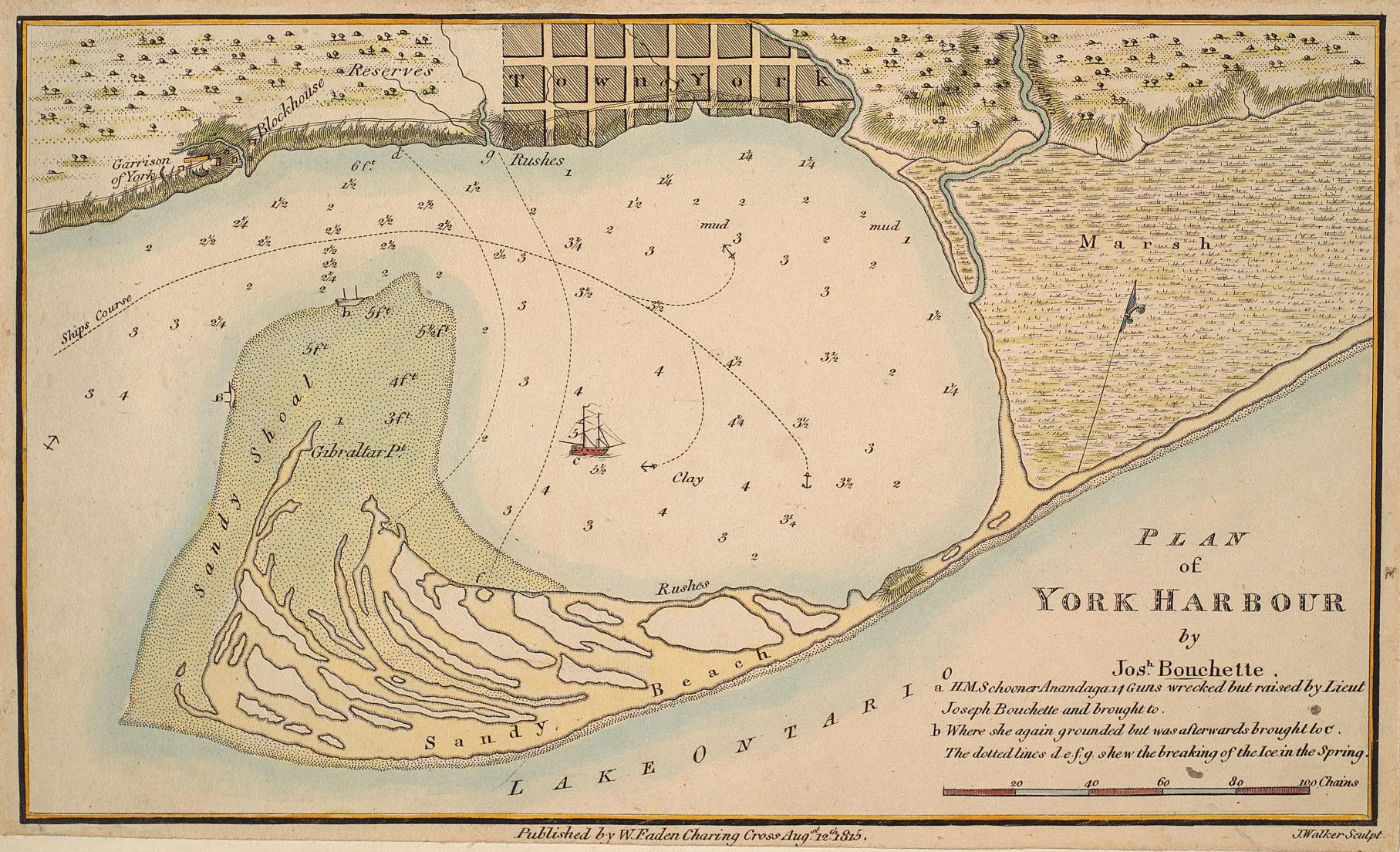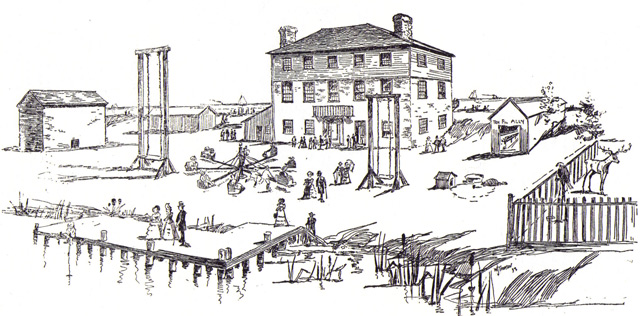How an 1858 storm separated the Toronto Islands from the mainland
The powerful storm took out a long sandbar and the hotel that stood atop it, and created the Eastern Gap we know today.

Today, Toronto Island Park — also known as the Toronto Islands — is one of the city’s best-loved features, a heavily treed oasis accessible only by boat with sandy beaches and an amusement park.
But there was a time in the city’s history when it wasn’t even really an island.
In maps of Toronto (then York) Harbour from the early 1800s, the Islands are connected to the mainland by a long sandbar. Locals of the time could walk across it, and even stop off at a hotel built right on top of it.
But that all changed on April 13, 1858. On that date, a severe storm whipped up and took down the sandbar bridge as well as the hotel, forever separating the Islands from the rest of the City of Toronto.
The storm that created the Toronto Islands
While we don’t have modern-day readings on the severity of the storm that destroyed the sandbar, we do have the treasure trove of language and first-person reportage in the Globe, the predecessor to the Globe and Mail.
On April 14, the paper printed a small story titled “The Island Hotel Washed Away,” which noted that the storm started on April 12. The winds were strong enough that afternoon that some feared they’d simply knock down the hotel, which was owned and operated by a man named John Quinn and his family.
The hotel survived the night, but the good news didn’t last. Here’s how the Globe wrote up the bad:
“Towards morning the waves were breaking on the beach in rear of the house, and about five o’clock, the water made a complete breach over the island, undermining the house and leaving it a total wreck.”
According to the Globe, only Quinn and his family were staying at the hotel at the time of the storm, and they luckily saw disaster coming.
“Mr. Quinn, who was anticipating the catastrophe, succeeded in removing his family, and the greater part of his furniture to a small dwelling which he had erected a short time ago, a little to the west of his late residence.”

The legacy of the storm
Without taking a breath, the Globe moved on from the tragic loss of the hotel to note that the storm had made “a channel four or five feet in depth, which will make a convenient eastern entrance to the harbour for vessels of light draught.”
In essence, it created a shallow version of the Eastern Gap we know today, which was further dredged out more than 100 years later so it could finally handle much larger ships.
Meanwhile, the storm also permanently separated the Toronto Islands from the mainland, ensuring the preservation of their unique character and eliminating any chance of them becoming a more typical extension of the city.
Much work has been done over the years to build up and strengthen the islands’ shores, and stave off land loss due to erosion. But they’re still vulnerable to flooding damage and closures from Lake Ontario water levels, as we saw in 2017 and 2019.
That’s part of the reason the City is currently creating a Toronto Island Master Plan.
While the plan recently came under fire for a proposed live event space near Hanlan’s Point Beach (which has now been removed), it intends to outline a long-term vision for the park. This includes considering “improvements to shore treatments and marine activation” — or, more simply, making sure we never get a repeat of April 13, 1858, with any of the islands’ current features, no matter how bad the storm.
Code and markup by Kyle Duncan. ©Torontoverse, 2023